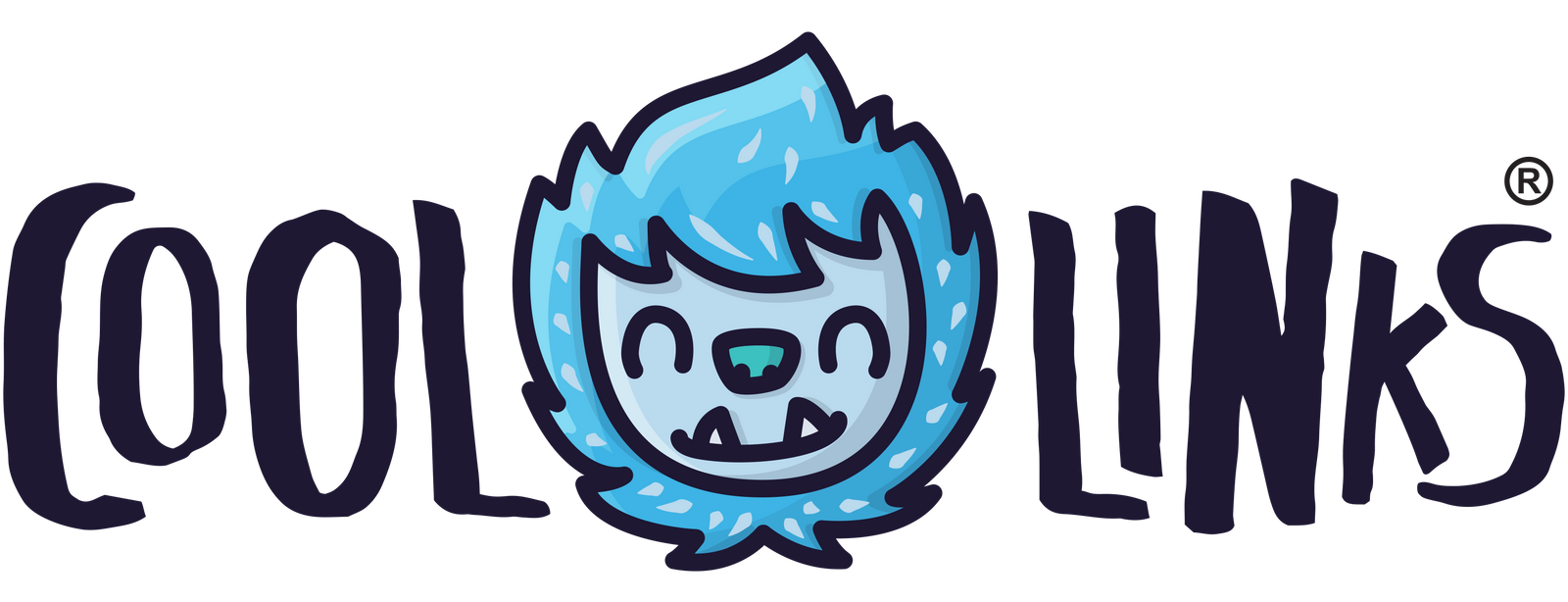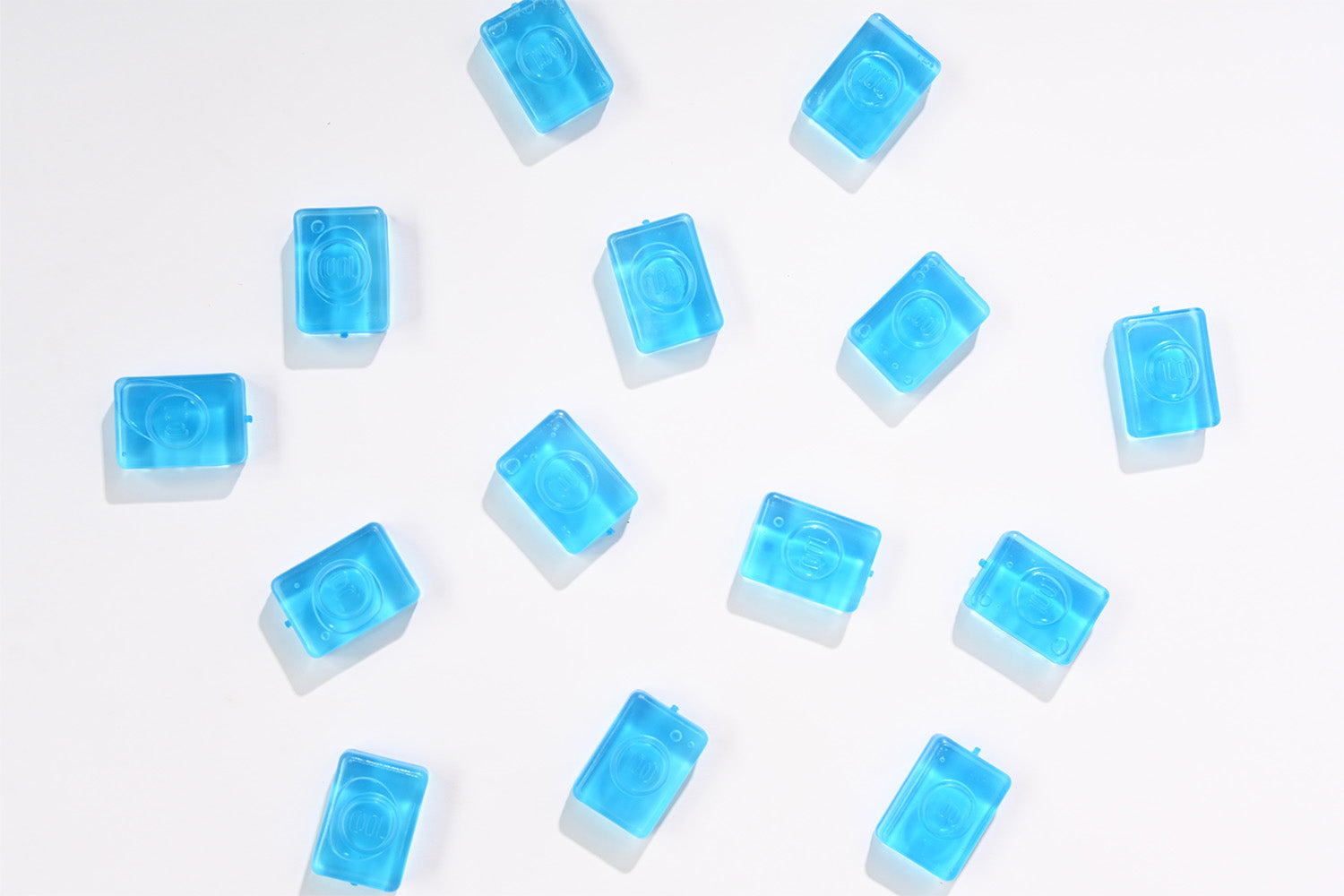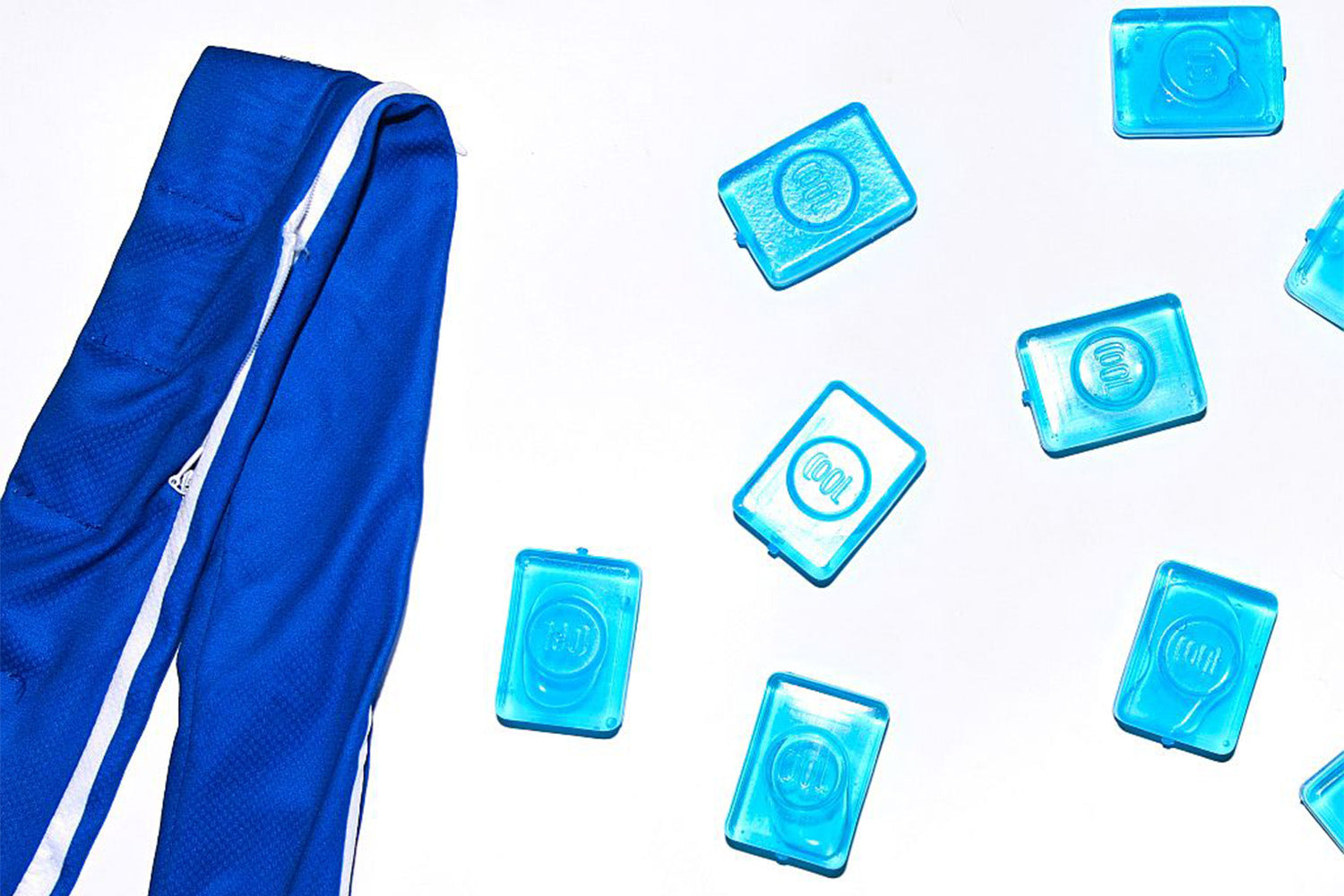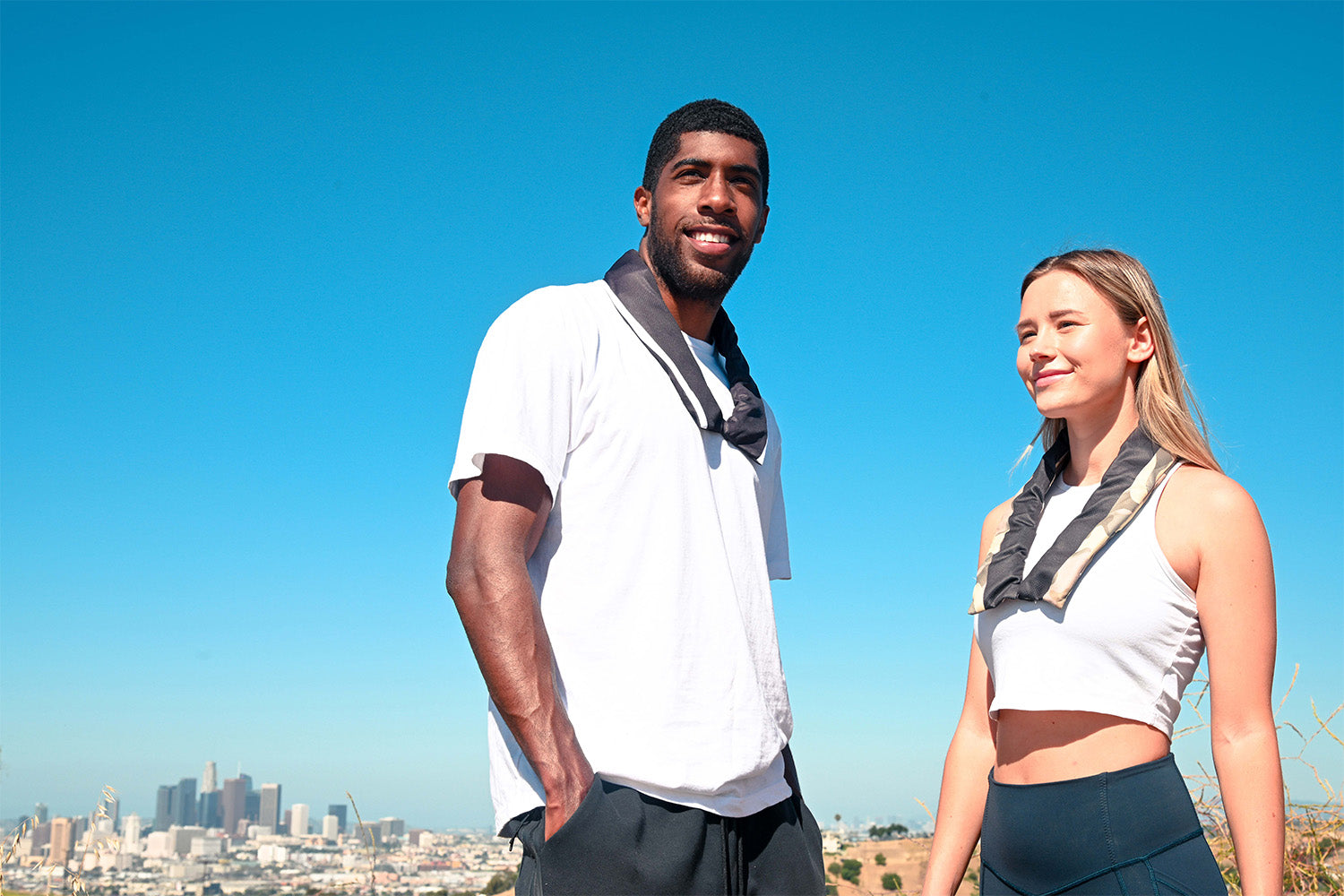If you're one of the many people who suffer from headaches when working out, don't give up on your fitness goals just yet. You can take several steps to ease the pain and continue your workouts without being held back by your headache.
For starters, it's essential to know what causes your headaches so that you can find a solution. You may be getting too much caffeine or sugar just before exercising, which can cause dehydration, increase blood pressure, and lead to tension headaches. If this is the case for you, try cutting down on caffeine and sugary foods during exercise sessions (or at least during those times when you experience pain).
The reality is that there are many different causes behind headaches when working out, and they vary widely depending on how your body works, how you exercise, and your lifestyle. The good thing is that headaches during workouts are usually treatable! Even if your head hurts every time you're trying to work on your fitness, there are many steps that you can take to improve your comfort while improving your fitness.
Here is everything you need to know about why headaches happen while working out and how to deal with them effectively!
Why Do Headaches Happen When Working Out?
Something important to know about headaches is that there are two specific kinds of headaches people experience: primary and secondary headaches.
Primary headaches are headaches caused by an excessive level of activity in the brain or its surrounding organs and tissues. These happen due to increased tension and pressure around nerves, blood vessels, and muscles around your skull and head. The result? Migraines, tension headaches, and, most importantly, many exercise headaches.
Secondary headaches are generally seen as symptoms of other problems or diseases and occur because of issues beyond just tension and pressure in the head. These headaches are most often the result of ear infections, dehydration, hangovers, concussions, and high blood pressure.
When dealing with a headache, it's essential to know why it's happening to deal with the problem more effectively. Always be aware of the surrounding situations that might be affecting your head and overall health!
Here are some actionable ways to help treat and deal with your headaches when working out.
Make Sure You Hydrate!
Dehydration is one of the most common causes of headaches. In fact, you may have an increased risk of a headache if you don't drink enough water during your workout. While this is especially true when exercising outdoors in hot weather, indoor activities can cause dehydration since you'll be sweating more than usual and might not realize it.
Signs of dehydration include:
- Thirst
- Dry mouth
- Dark urine (it should be light yellow)
Drink lots of water before, during, and after exercise. Make sure you've had at least two liters (about eight eight-ounce glasses) of water in the first 24 hours before your workout. If you're exercising for long periods in hot weather (or doing hot yoga), drink even more.
Your body needs to replace lost fluids and energy stores (AKA, glycogen). Don't try to make up for insufficient hydration with sugary sports drinks; these can actually cause stomach distress, interfering with performance.
And don't forget: Sports drinks are high in sodium — salt—which can worsen headaches by disrupting blood flow to the brain.
The best way to avoid headaches is by eating a healthy diet that includes plenty of fruits, vegetables, and whole grains (especially foods rich in magnesium such as nuts and seeds) and drinking enough fluids throughout the day.
Have a Small Snack Before You Begin Your Workout Again
Having a small snack before your workout can help prevent a headache. You don't want to overeat because you'll feel full and sluggish during your workout. However, eating just enough to get some energy for your training is essential.
Processed foods contain preservatives and artificial sweeteners that can cause headaches because they produce inflammation in the body, and inflammation is one of the causes of migraines and other types of chronic pain. The best snacks for working out are high in protein and complex carbohydrates. Examples include an apple with peanut butter, orange, yogurt, or cheese slices on whole-wheat crackers.
Try Meditation or Deep Breathing Exercises
When we exercise, our body creates carbon dioxide and lactic acid. These waste products need to be expelled from our bodies. We rid ourselves of these toxins through breathing, which can cause headaches in some people if they are not breathing correctly.
The first thing you should do when trying to avoid a headache during exercise is to make sure that you take deep breaths at a rate of about 3 to -40 times per minute. Most people only breathe about 12 times per minute, which means their oxygen levels are low throughout their workouts. There wasn't enough time for them to take another breath before the last one was out of their lungs (this also explains why people seem so tired after working out).
Get More Sleep at Night
The cause of your headaches could also be something as simple as not getting enough sleep the night before your workout. No matter how early you wake up or how late you stay up, a lack of sleep can play havoc with your body and mind. Missing out on just one hour of shut-eye can make a big difference in how well you feel throughout your day.
The general guideline is to get seven to eight hours of uninterrupted sleep every night. If that sounds like a lot, try making small changes over time. These can include limiting caffeine intake during the afternoon (or switching to decaf), avoiding alcohol earlier in the evening, and taking breaks from screens at least an hour before bedtime (no Netflix!).
These steps will help ensure that when it comes time for bedtime, there are some days when we don't want to go. You won't be tempted by bright screens or loud noises because everything has already been taken care of at home or elsewhere.
Try To Relax Your Jaw and Neck Muscles
You may feel a tension headache from your jaw and neck muscles. Try to relax your jaw by opening it widely, then closing it slowly, like biting into an apple. Then release the tension in your jaw muscles by letting go of that chew on the apple. Repeat this exercise several times over the course of a day and throughout each workout session if possible.
It can be hard to relax when working out because you need so much energy and focus during an intense workout session. Remember: If you're feeling pain or discomfort while exercising (especially if it's due to muscle strain), take that as a sign that something needs adjusting — and don't be afraid to ask for help!
Use Cool Links® Cooling Towel
One of the best tools that you can use to help deal with workout-related stress and headaches is using a Cool Links® towel! Heat exhaustion often happens during workouts, especially when high intensity or when the exercise is done in a hot setting. Cool Links exist to cool down people operating at high power or at risk of suffering from heat exhaustion.
Kind of like a cooling towel, Cool Links helps you get wearable cooling relief. Unlike a cooling towel, Cool Links are reusable and last up to two hours every time you use ‘em. Because Cool Links are frozen, the ice cooling penetrates the muscles to help alleviate headaches — unlike traditional cooling towels, which only topically cool the skin.
Need more cooling time? Just easily swap out the removable cubes and replace them with a new, frozen set for two more hours of cooling goodness.
If you’re looking for something a little more flexible, Cool Links is unique in that its cooling fabric can provide its own soft cooling relief every time it gets wet. It’s like two products in one easy-to-use, machine washable marvel — it can be activated by freezing the removable cubes or by wetting the towel with water, providing multiple ways to stay cool.
Here are some of the ways that Cool Links can benefit people who are working out and keep them from getting headaches:
Cooling Towels Help Restore the Body to a Safe Temperature
When working out, the human body tends to increase the temperature to a reasonably high degree. That's actually why the body sweats — to cool itself off and compensate for the higher internal heat of the body.
But when you're dehydrated or boiling, your body can often use some extra help when keeping cool. Cool Links help restore your body temperature to the right place and make you much more comfortable. Even better, they can help to diminish exercise-based headaches!
Cooling Towels Enhance and Speed Up Workout Recovery
At the end of a workout, one of the best ways to recover is by using Cool Links. It will make your body process the exertion better, often resulting in more comfort and minor soreness.
Conclusion
If you're looking for the best cooling towel that money can buy, check out our signature cooling towel at Cool Links! While many cooling towels only last for 15 to 20 minutes, our towels can last for hours and work instantly. They are secure, reusable, and functional in a way that goes far beyond any typical cooling towel. They can be worn just like any other cooling towel but are based on more effective and powerful cooling techniques and technologies.
If you're looking for one of the best ways to deal with headaches during workouts and a solution for countless other exercise and heat-related issues, check out Cool Links!
Sources:





